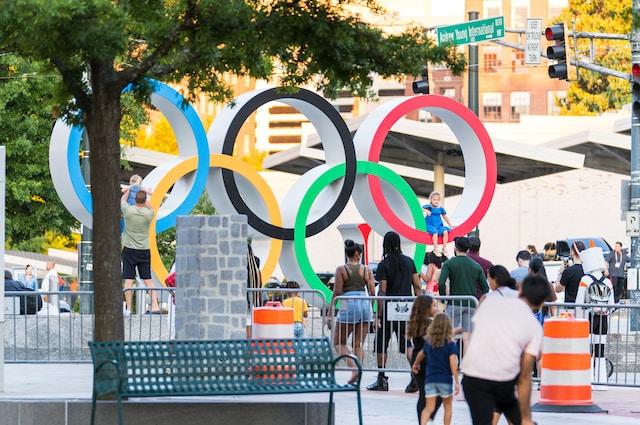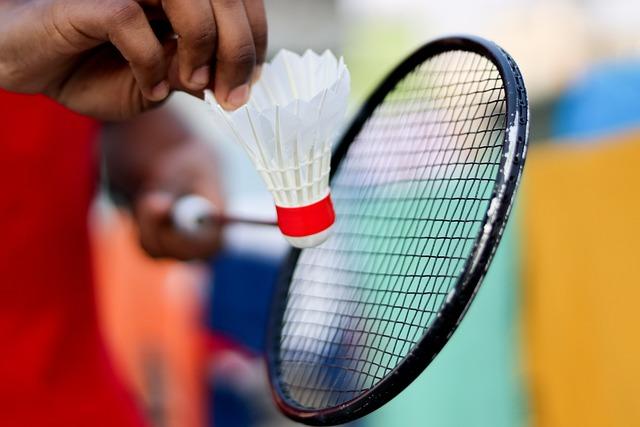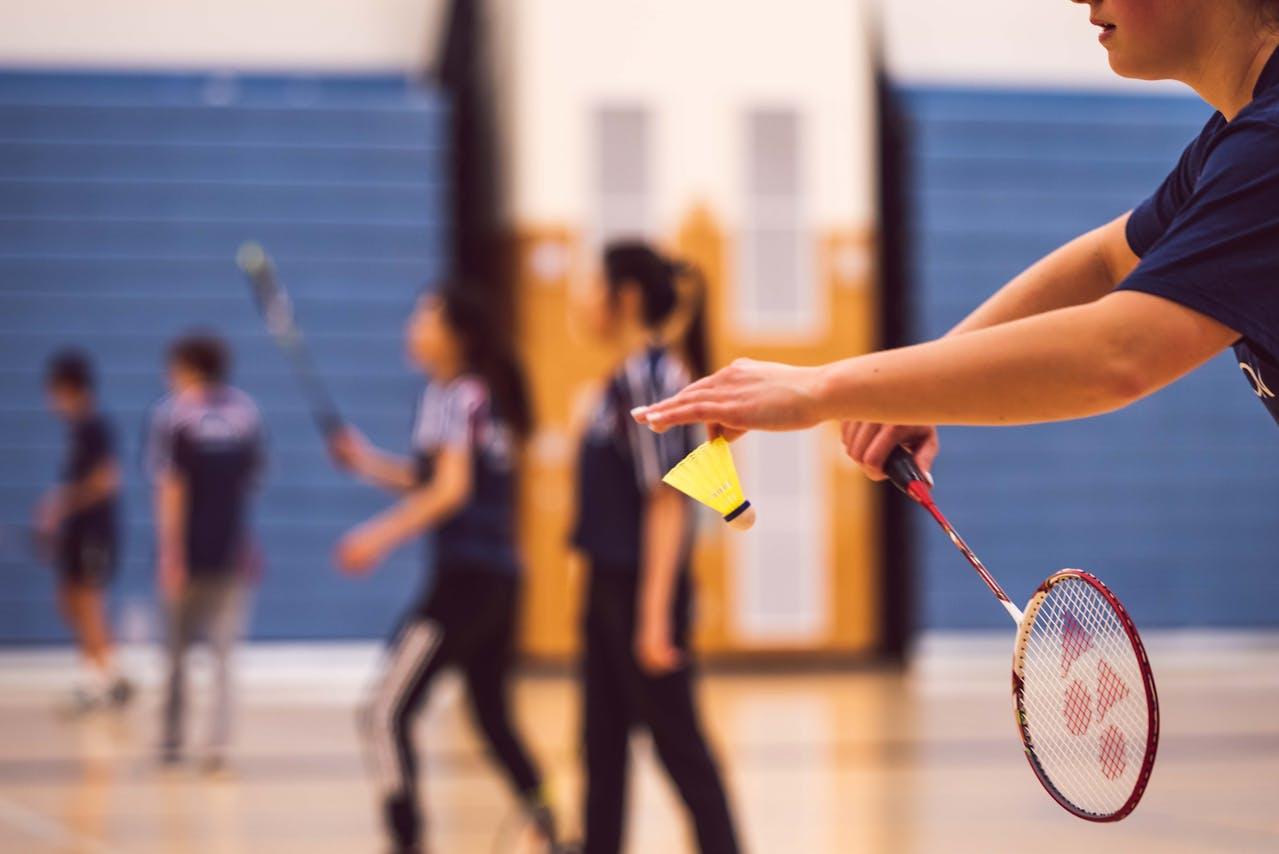Badminton is a type of racquet sport played by either two opposing players (singles) or two opposing pairs (doubles), where the players' positions are opposite in a square court divided by a net. This sport is played using a racquet to hit the shuttlecock over the net. While it can be played indoors and outdoors, in professional matches, it is played indoors to reduce the influence of external factors such as exposure to wind and light.
Good physical condition is crucial for those who play badminton, as it demands high levels of stamina, agility, strength, speed, and accuracy to excel. In addition, it is a sport that requires good body coordination, technical skills, and advanced racquet skills. The game's objective is to hit the shuttlecock over the net to the opponent's court so that they cannot return it and earn a point. Badminton has a long and rich history spanning over 1,000 years and is the second most widely participated sport globally after football.
Have you ever wondered where did it all begin? What was the chain of events that led to the creation of the badminton sport that is so well known today? Let's take a closer look at the journey of badminton from the beginning to the current state it is in today. We will also explore the rules and how to score in this sport for those who would like to become more familiar with badminton.

The Origins of Badminton
The roots of badminton can be traced back nearly 2000 years. It was played as a sport in ancient Greece for leisure and exercise. In Japan, a similar sport called Hanetsuki has been played since the 16th century without a net but with racquets. In the West, badminton evolved from a game called battledore and shuttlecock, which involved hitting a shuttlecock in the air using a small racquets with two or more players.
This game was known as "Poona" in India during the 18th century. When British military officers returned to England in the 1860s, they adopted the Indian version, which was played in upper-class residences. In 1860, a London toy dealer named Isaac Spratt published a pamphlet titled "Badminton Battledore - a new game," but it was not printed. This ultimately led to the creation of the new sport.
In 1873, a new sport was unveiled at Badminton House in Gloucestershire, which was owned by the Duke of Beaufort. This sport was initially called "The Game of Badminton," and it eventually became known as badminton. The rules of the game were originally created in India and were brought back by soldiers, and this version of the game was played during its introduction.
Development of Badminton
The Bath Badminton Club was established in the 1870s and formulated a new set of rules in 1887. While these game rules were far from perfect, the club standardised the rules and applied the sport in the English version.
Within 20 years of its introduction in England, many badminton clubs were established in Wales, Scotland, and England. The Badminton Association of England was founded in 1893 and issued the first standard set of rules quite similar to the present-day regulations. The inaugural open badminton tournament was held in Guildford, England, in 1898, followed by The All England Open Badminton Championship in 1899.
In 1934, the International Badminton Organisation (IBF), known as the World Badminton Federation, was established with founding members from Canada, Denmark, England, France, the Netherlands, Ireland, New Zealand, Scotland, and Wales. India joined the IBF in 1936. BWF is currently a global governing body for badminton, overseeing the sport worldwide.

Badminton in Olympics
Do you know when badminton was introduced at the Olympic games? It was introduced in 1972 at the Munich Olympics. However, it was not contested for a medal. It was only held as a demonstration sport in order to promote the sport. However, there were high expectations that it would soon become an official sport in the Olympics.

Badminton had to wait 16 years to be played at the Olympics again as a demonstration sport in the Seoul Olympics. This was due to some issues where a parallel body called the World Badminton Federation was formed in 1978, which caused a split with the IBF and derailed the ambition of badminton being included in the Olympics.
In 1981, both IBF and BWF signed the "Deed of Unification" to resolve the issues and restart the process of getting badminton included in the Olympics. Badminton was officially contested in the 1992 Barcelona Olympic Games.
Badminton in Malaysia
The Badminton Association of Malaysia (BAM) was formed in 1934 as a division of the Badminton Association of Malaya. Over time, it has earned acknowledgement and is now connected with the Badminton World Federation (BWF), the regional governing body Badminton Asia (BA), and the Olympic Council of Malaysia (OCM).
BAM has also successfully produced several champions in this decade. The main organization has gained numerous accolades and accomplishments by emerging victorious in notable competitions like the Thomas Cup and the All England.
Malaysia has had many renowned badminton players from the early days till now. Some notable names are Wong Peng Soon, who won the All-England Championships in 1950. He was followed by Tan Aik Huang, Eddy Choong, and Wong Choong Hann, who also became All-England champions.
Lee Chong Wei is a modern badminton legend revered by all as he has won many major tournaments, including the All England, Malaysian Open, and Olympic Games. This has helped raise the profile of Malaysian badminton globally.
Malaysian badminton has a rich history and continues to produce talented players such as Goh Jin Wei and Soniia Cheah, who compete at the sport's highest level.

The Rules & Scoring System
Knowing badminton rules is essential to progress in the sport and enjoy the game. If a dispute occurs during a match, you can resolve it.
In order to determine which team serves first, a coin toss is utilized in significant tournaments. However, in more relaxed clubs or league games, the shuttle is typically thrown into the air, allowed to fall, and the side towards which it points is the one that serves first.
A match consists of 3 games, and each game has 21 points. Every time there is a serve, there is a point scored. The winning player will get one point added to them.
If two sides reach the same score of 20, the side with the first 2 points wins the game. If two sides get the same score of 29, whoever collects the 30th point wins the game.
Each player can only hit the shuttlecock once before it crosses the net. However, if the shuttlecock touches a player's racquet or body and then goes over the net, the player's team can continue playing.
The shuttlecock must always be hit below the waist. The server must hit the shuttle in such a way that the entire shuttle is below 1.15 meters from the court's surface, and the racquet shaft should be pointing downwards. To score a point, the shuttlecock needs to land within the opponent's half of the court, including the lines.
However, if the shuttlecock lands outside of the boundaries of the court, touches the net, or any part of the player's body or racquet, the point goes to the other side. In a doubles game, only one serve is allowed per side until a fault is made. Then, the next player serves. The team that wins the match will earn the right to serve in the next game. The service will be done on the right side if the player gets an even point and on the left side if the player gets an odd point.
In the game of badminton, the referee has the authority to declare a 'let' if any unexpected or unintentional situation occurs. In between games, there are two rest periods: a 90-second break after the first game and a 5-minute break following the second game.
Learning how to play badminton can provide numerous health benefits, which make it a worthwhile activity to pursue. These benefits include promoting heart health, increasing life expectancy, improving mobility, and offering a form of exercise that is suitable for people of all ages and abilities.
We hope you found the history of badminton and the information we shared interesting. Do you have an interest in learning how to play badminton? Or you already know how to play badminton but are looking for someone to help you improve? If you are looking for badminton lessons in Malaysia, find the right instructors here on Superprof who will help you achieve your goals!
It doesn’t matter if you want to take up badminton to as a hobby, to keep fit or aim to become a professional player, Superprof has the right badminton instructor that will meet your needs.

















